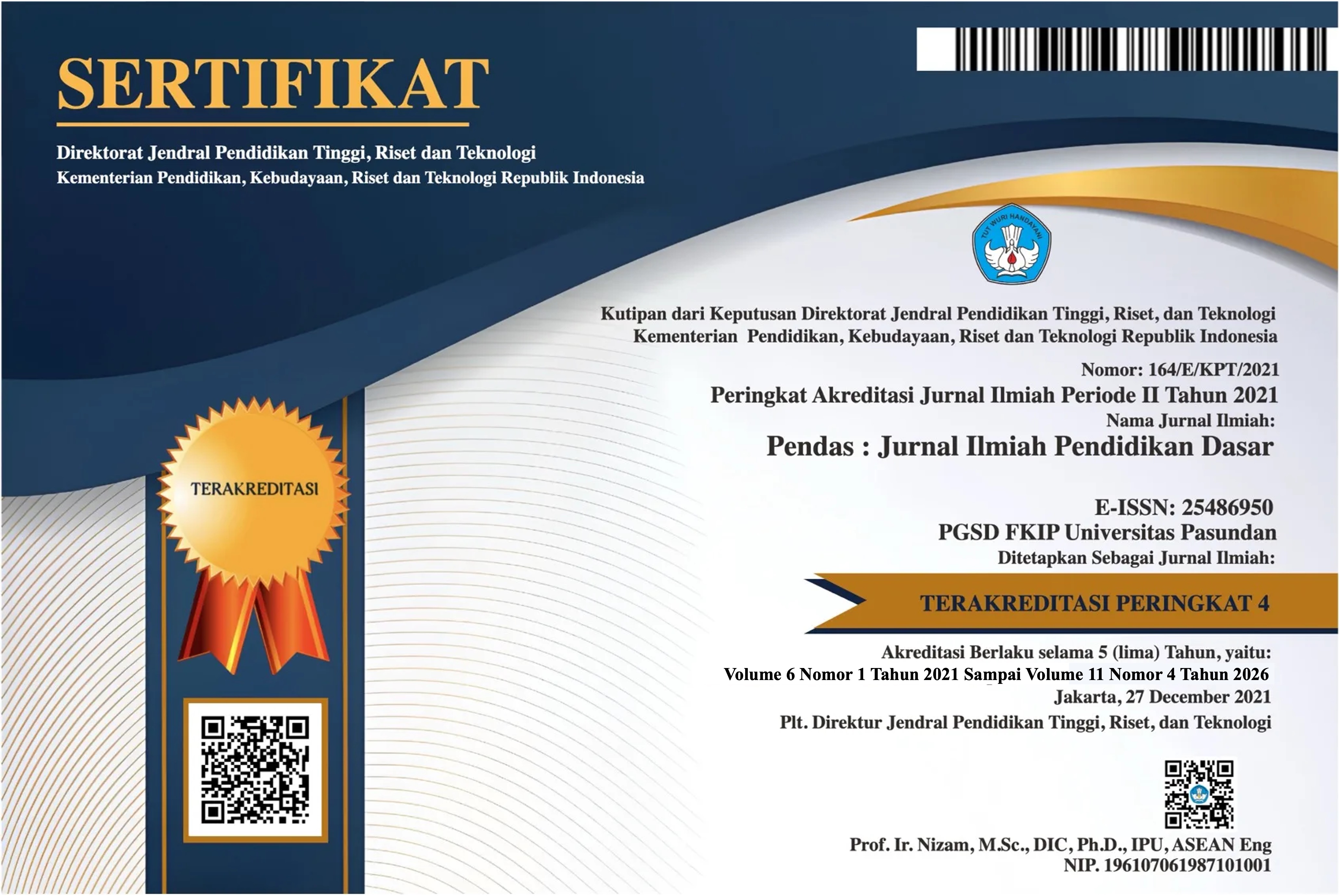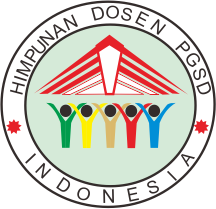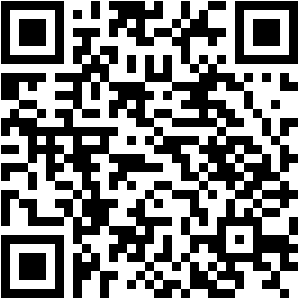EVALUASI BORDER CONTROL MANAGEMENT PLBN SKOUW DALAM MENEGAKKAN FUNGSI PENGAWASAN DAN KEAMANAN KEIMIGRASIAN
DOI:
https://doi.org/10.23969/jp.v10i04.31453Keywords:
border control management, PLBN skouw, immigration, oversight, border securityAbstract
The Border Crossings of Indonesia (PLBN) Skouw is one of the main gateways of Indonesia that shares a direct border with Papua New Guinea. To uphold the functions of supervision and maintain national security, the Directorate General of Immigration implements the Border Control Management (BCM) system as the primary instrument in immigration checks. This study aims to evaluate the effectiveness of BCM usage at PLBN Skouw in the context of immigration functions, namely the supervision of foreigners and guarding against cross-border threats. The method used is qualitative descriptive with a documentary study approach and regulatory analysis, supported by secondary data from relevant agency reports. The research results show that the BCM system has supported the efficiency of the inspection and monitoring process of border crossers through the integration of biometric data and facial recognition systems. However, challenges were found in network infrastructure, human resource readiness, as well as the use of unofficial routes by local communities. Therefore, it is necessary to enhance technical capacity, socialize with border communities, and strengthen inter-agency synergy in order to optimize the function of BCM as the main instrument for monitoring and protecting national sovereignty.
Downloads
References
Anderson, J., & O’Dowd, L. (1999). Borders, border regions and territoriality: Contradictory meanings, changing significance. Regional Studies, 33(7), 593–604.
Antara News. (2025). Skouw Border Gate: A Vital Link.
Badan Nasional Pengelola Perbatasan. (2022). Rencana Induk PLBN Skouw 2022–2025.
BIRCI Journal. Imbiri, A., Hadiwijoyo, S., & Suwartiningsih, D. (2022). Analysis of the Role of Skouw PLBN. BIRCI Journal.
BNPP. (2024). PLBN Skouw Koordinasi Bersama CIQS.
BNPP. (2025). Sigap Amankan Teripang di Perbatasan.
Ditjen Imigrasi. (2024). Integrated Border Control Management (IBCM). https://imigrasi.go.id
Gunawan, A. (2019). Pengawasan Keimigrasian di Wilayah Perbatasan. Jurnal Keamanan Nasional, 6(2), 112–124.
Handayani, S., & Subagyo, A. (2018). Sinergi CIQS dalam Penanganan Perlintasan Perbatasan. Jurnal Administrasi Publik, 13(1), 88–99.
Handayani, S., & Subagyo, A. (2018). Sinergi CIQS dalam Penanganan Perlintasan Perbatasan. Jurnal Administrasi Publik, 13(1), 88–99.
Kemenko Polhukam. (2023). Strategi Penguatan Wilayah Perbatasan Indonesia. www.polkam.go.id
Korwa, J.R.V., & Sinaga, M. (2025). The Role of the Indonesia-PNG Border in Preventing Covid-19 Spread. Journal of Political Research.
Nugroho, R., & Fitri, A. (2020). Manajemen Pengawasan Perbatasan di Era Digital. Jakarta: Pustaka Mitra.
Nugroho, R., & Fitri, A. (2020). Manajemen Pengawasan Perbatasan di Era Digital. Jakarta: Pustaka Mitra.
Peraturan Presiden Nomor 43 Tahun 2014 tentang Pengelolaan Perbatasan Negara.
Setiawan, F., Wulandari, D., & Oktaviani, L. (2021). Penerapan Teknologi Biometrik di Perbatasan. Jurnal Teknologi dan Keamanan, 5(3), 177–190.
Sihombing, B. (2020). Dimensi Sosial Budaya dalam Pengawasan Imigrasi. Jurnal Sosiologi Perbatasan, 8(1), 22–31.
Supriyanto, Y. (2021). Modernisasi Layanan Imigrasi di Wilayah Perbatasan. Jurnal Imigrasi dan Integrasi, 4(2), 55–69.
Syarif, M. (2020). Evaluasi Sistem Pemeriksaan Keimigrasian Berbasis Digital. Jurnal Hukum dan Keimigrasian, 7(1), 100–110.
Teturan, Y.E., Yewen, J., & Latumahina, A. (2019). Evaluasi Pengawasan Perbatasan di Wilayah Sota. Jurnal Administrasi Perbatasan, 2(3), 140–152.
Undang-Undang Nomor 6 Tahun 2011 tentang Keimigrasian.
Wahyuni, S. (2021). Tantangan Implementasi Face Recognition di PLBN. Jurnal Teknologi Informasi dan Keamanan, 3(2), 132–143.
Widiatmoko, R. (2021). Reformasi Layanan Imigrasi dalam Perspektif E-Government. Jurnal Birokrasi Digital, 9(2), 90–105.
Widiatmoko, R. (2021). Reformasi Layanan Imigrasi dalam Perspektif E-Government. Jurnal Birokrasi Digital, 9(2), 90–105.
Downloads
Published
Issue
Section
License
Copyright (c) 2025 Pendas : Jurnal Ilmiah Pendidikan Dasar

This work is licensed under a Creative Commons Attribution 4.0 International License.


















